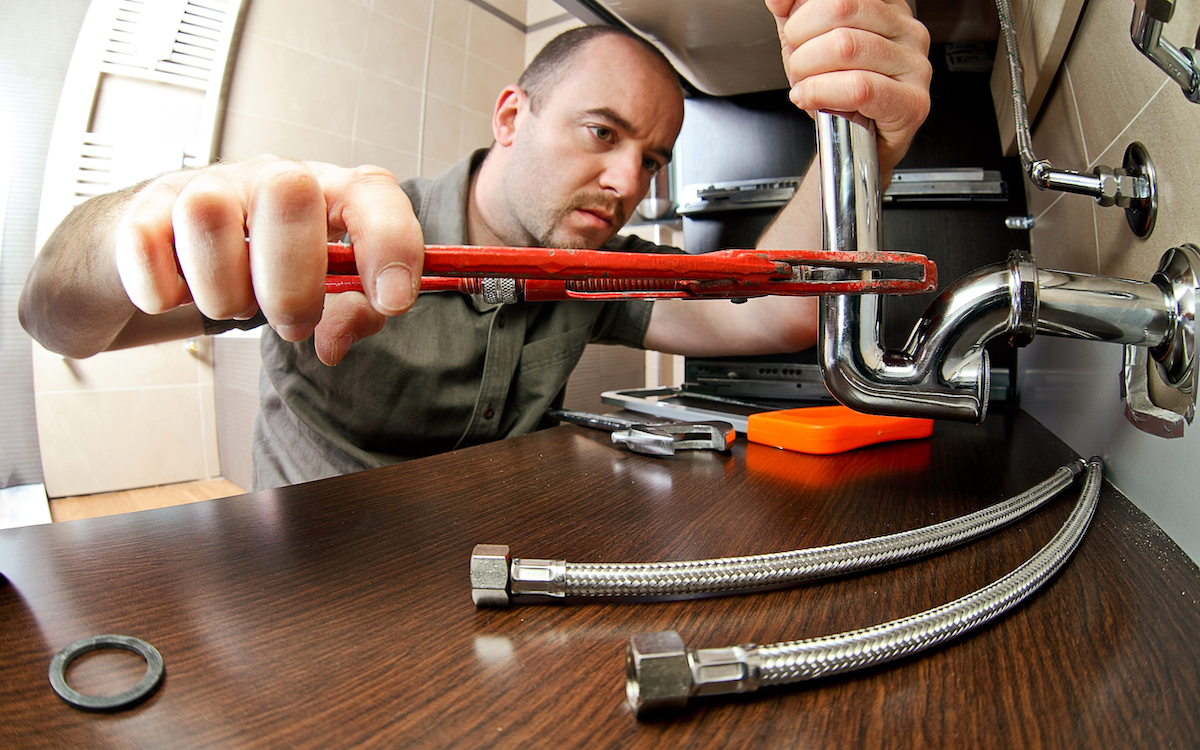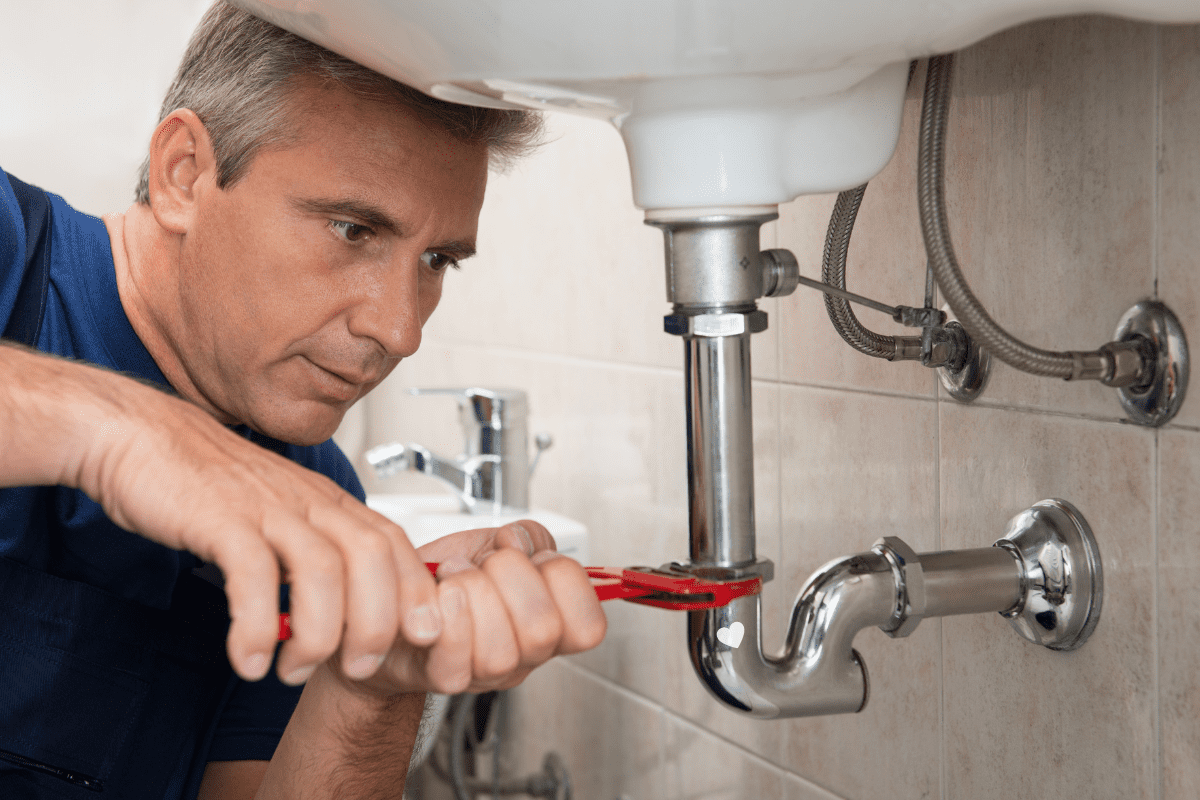A Detailed Guide to Efficient Water Heating System Installation for Optimal Performance
Starting the job of setting up a hot water heater is a venture that demands accuracy and a methodical method for achieving optimal efficiency. The procedure begins with the important decision of selecting the ideal heating unit tailored to the details needs of your household, taking into consideration aspects such as type, dimension, and energy resource. When chosen, preparing the installment area to fulfill security criteria is vital. However, the trip doesn't finish here. As you proceed, the details of linking water supply lines and establishing up trusted electrical or gas links await, appealing insights into making certain efficiency and integrity.
Choosing the Right Water Heating Unit

Next, think about the size and capacity of the water heating system. It's crucial to examine your household's hot water requirements, which can vary based upon the variety of residents and their use patterns. An unit that's as well tiny might bring about insufficient hot water, while a large model may lead to unneeded power usage.
Performance rankings additionally play a pivotal role in selection. Seek hot water heater with high Energy Element (EF) scores, suggesting remarkable efficiency and minimized energy usage. Tankless models, though commonly extra pricey ahead of time, deal significant power cost savings in time as a result of their on-demand home heating capacities.
Preparing the Setup Area
Before installing a brand-new hot water heater, thorough prep work of the setup area is essential. This ensures a smooth installment procedure and aids stop future issues (Drain Cleaning Alabaster AL). Begin by choosing an appropriate area that adheres to local building regulations and security standards. The location must be dry, well-ventilated, and accessible for upkeep. It's vital to determine the room very carefully to accommodate the hot water heater's dimensions, making certain appropriate clearance around the unit for reliable operation and maintenance.
Next, eliminate any kind of particles, dust, or obstructions from the website to create a clean atmosphere. Examine the flooring for security, as the hot water heater will need a strong, degree surface area to operate successfully. If needed, mount a drip frying pan beneath the unit to catch potential leaks or spills, stopping water damages to the surrounding location. In areas prone to seismic activity, consider installing seismic straps to secure the heating unit securely in position.
Furthermore, make sure that all needed tools and materials get on hand prior to starting the installment. This consists of products such as wrenches, screwdrivers, a level, and any additional equipment needed for securing the heater and placing. A well-prepared installment area sets the structure for an effective hot water heater setup, maximizing efficiency and security.
Connecting Water Supply Lines
When attaching water supply lines to your newly mounted hot water heater, it is vital to ensure that all connections are leak-free and secure to preserve efficient operation and stop water damage. Begin by identifying the cold and hot water system lines. The cold water inlet is typically noted with a blue label or a "C", while the hot water electrical outlet is noted with a red label or an "H".
Usage flexible hot water heater ports to facilitate a much easier installation procedure. These ports can soak up resonance and permit for small motion, reducing the danger of leakages. Before connecting the connectors, put a plumbing professional's tape around the threaded ends of the hot water heater's inlet and outlet pipes - Plumbing Alabaster AL. This tape works as a sealant, stopping leakages. Carefully link the adaptable tubes to the respective inlet and outlet, making certain that they are not over-tightened however limited, which can damage the threads.
Once links are in place, slowly switch on the primary water system shutoff. Evaluate each link for leakages by aesthetically checking and feeling for wetness. Tighten connections as required, and make sure the pressure relief valve is correctly installed, guarding versus too much stress accumulation.
Establishing Up Electric or Gas Connections
Appropriately setting up the electrical or gas connections for your hot water heater is an essential action to make sure risk-free and effective operation. For electrical hot water heater, start by confirming that the electrical circuit is compatible with the heating system's voltage and amperage requirements. Guarantee the power supply is turned off at the breaker to stop mishaps. Connect the electric cords to the heating unit following the manufacturer's circuitry layout. Normally, this includes connecting the ground cord to the environment-friendly terminal, and the staying wires to their equivalent terminals, protecting each with wire nuts.
For gas water heaters, security is extremely important. Connect the gas line to the water heating unit making use of a flexible gas adapter, ensuring it is effectively threaded and sealed with pipeline joint substance or Teflon tape suitable for gas links.
Once connections are made, inspect for any kind of possible leaks. For gas lines, use a soapy water solution to the joints; bubbles suggest a leakage. For electric connections, confirm that all electrical wiring is secure and correctly protected, preserving conformity with neighborhood electric codes.
Adjusting and evaluating for Effectiveness
With the electric and gas links safely in area, the following action is reviewing the functional performance of your water heater. Begin by carefully turning on the water and making certain there are no leakages at any one of the shutoffs or joints. When verified, proceed to fill the tank, taking notice of the pressure and temperature settings. It is suggested to establish the thermostat to a suggested temperature of around 120 ° F(49 ° C) to balance energy performance and convenience.
Following, do a thorough inspection to make this certain the burner or gas burners are functioning appropriately. For electrical heaters, make use of a multimeter to confirm if the elements are attracting the proper current. In gas designs, observe the heater flame; it must be steady and blue, showing efficient burning.
Change the setups as needed to eliminate inadequacies. Think about applying insulation actions, such as adding a water heater covering, to further boost performance by lessening heat loss. Furthermore, check the anode pole's problem, as a scrubby rod can minimize performance and result in storage tank deterioration.
Conclusion
Reliable water heating system installation is vital for guaranteeing optimum performance and energy financial savings. By selecting the suitable kind and dimension, and carefully preparing the installment location, a foundation for success is established. Firmly attaching supply of water lines and very carefully establishing electrical or gas connections decrease prospective issues. Detailed testing for leaks and exact thermostat changes to 120 ° F enhance reliability and effectiveness. Sticking to these actions promotes long-term performance and energy preservation in household water home heating systems.

Correctly setting up the electric or gas links for your water heater is a vital action to make certain secure and reliable operation. For electrical water heaters, begin by verifying that the electrical circuit is suitable with the heater's voltage and amperage requirements. Attach the gas line more to the water heater using an adaptable gas adapter, guaranteeing it is properly threaded and sealed with pipe joint compound or Teflon tape suitable for gas links.